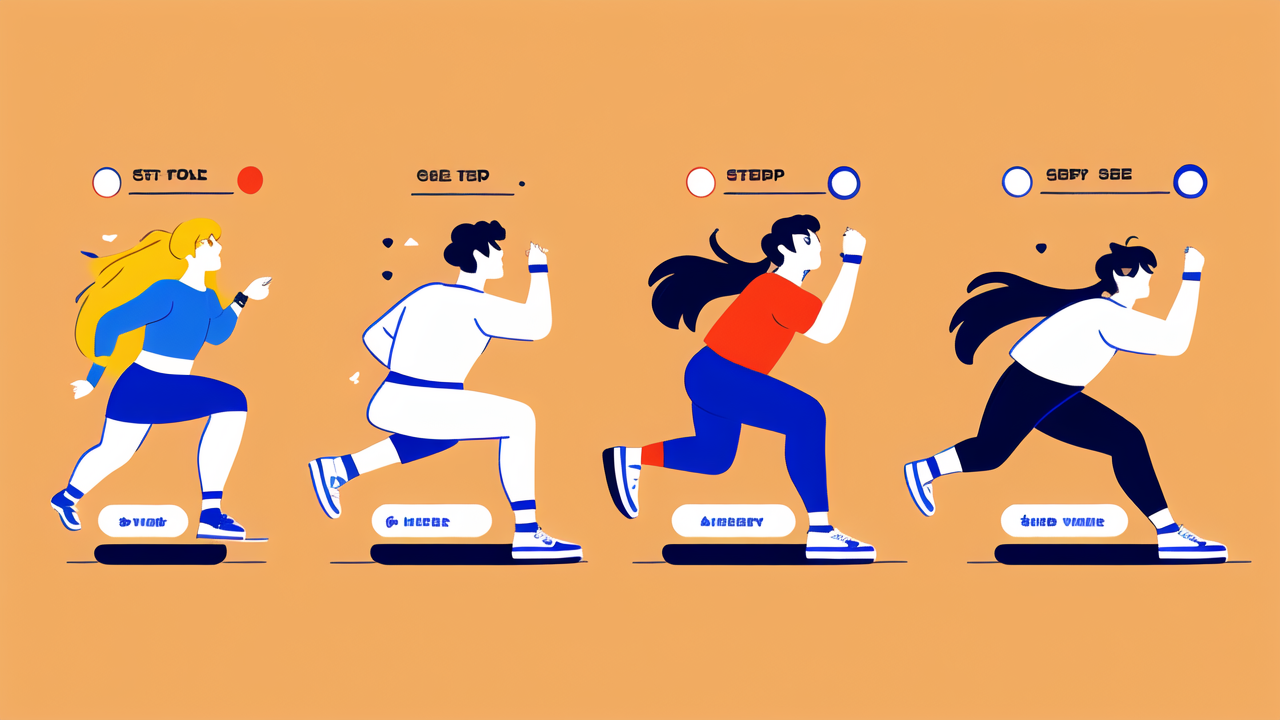The Rise of Smart Bands and Fitness Trackers in the United States
Understanding the Market Growth
Smart bands have taken the US market by storm. Their popularity has surged in recent years. More people are focusing on health and fitness. This has driven the demand for wearable tech. Sales of smart bands have increased significantly. Major tech companies are investing heavily in this sector. The market is expected to grow even more in the coming years. Consumers are drawn to the convenience and features of smart bands. They offer a way to track health metrics easily. This growth shows no signs of slowing down.

The Evolution of Smart Band Technology
Smart band technology has come a long way. Early models were basic step counters. Now, they offer a wide range of features. Modern smart bands can monitor heart rate and sleep patterns. They can track various workouts and activities. Some even measure blood oxygen levels. The design has also improved. Smart bands are now sleeker and more comfortable to wear. Battery life has extended significantly. Many can now last for days or even weeks on a single charge. The evolution continues with new features being added regularly.
Impact of Health and Wellness Trends on Smart Band Adoption
Health and wellness trends have boosted smart band adoption. People are more health-conscious than ever before. Smart bands offer an easy way to monitor personal health. They provide motivation to stay active and fit. Many users set daily step or calorie goals. Smart bands help them track their progress. Some insurance companies now offer incentives for using smart bands. This has further increased their popularity. The COVID-19 pandemic has also played a role. It has made people more aware of their health. As a result, more are turning to smart bands to monitor their well-being.
Key Features to Look for in a Smart Band
Advanced Metrics and Analytics
Modern smart bands offer a wealth of data. They go beyond basic step counting. Heart rate monitoring is now standard. Many track sleep quality and patterns. Some can measure stress levels and recovery time. Advanced models even offer ECG readings. These metrics provide a comprehensive view of health. The data is often presented in easy-to-understand graphs and charts. This helps users make sense of their health information. Some bands offer personalized insights based on the data collected. This can help users make informed decisions about their health and fitness.

Connectivity and Compatibility
Connectivity is crucial for smart bands. Most sync with smartphones via Bluetooth. This allows for easy data transfer and analysis. Many bands are compatible with both Android and iOS devices. Some offer standalone features like GPS tracking. NFC capabilities for contactless payments are becoming common. Integration with other apps and services is also important. Many bands work with popular fitness apps. This allows for a more comprehensive health tracking experience. Some even connect to smart home devices for added convenience.
Battery Life and User Experience
Battery life is a key factor in smart band selection. Most users prefer bands that don't need frequent charging. Many modern bands offer 5-7 days of battery life. Some can last even longer. The user interface is also crucial. A good smart band should be easy to use. Touchscreens are common, offering intuitive navigation. Many bands now feature always-on displays. This allows for quick glances at important information. Comfort is another important aspect. Bands should be lightweight and comfortable for all-day wear.
The Future of Smart Bands and Fitness Trackers
Emerging Technologies in Smart Band Devices
The future of smart bands looks exciting. New technologies are being developed rapidly. Some bands now offer ECG and blood pressure monitoring. Others are exploring non-invasive glucose monitoring. This could be a game-changer for diabetics. Advanced sensors are being developed for more accurate health tracking. Some bands are exploring stress detection and management features. Others are looking into body composition analysis. These advancements will make smart bands even more useful for health monitoring.

Predicting Market Trends: What's Next for Smart Bands?
The smart band market is expected to grow further. Integration with telehealth services is likely to increase. This could allow for remote patient monitoring. Personalization will be a key trend. Bands may offer more tailored health advice. Integration with smart home ecosystems will likely expand. This could allow for seamless health tracking across devices. Fashion-forward designs may become more common. This could make smart bands more appealing to a wider audience. The line between smart bands and smartwatches may continue to blur.
The Role of AI and Machine Learning in Smart Band Evolution
AI and machine learning will play a big role in smart band evolution. These technologies can analyze vast amounts of data. This could lead to more accurate health predictions. AI could offer personalized health recommendations. It might detect potential health issues early. Machine learning could improve activity recognition. This would lead to more accurate workout tracking. AI could also enhance battery life through smart power management. As these technologies advance, smart bands will become even more powerful health tools.




Leave a comment
This site is protected by hCaptcha and the hCaptcha Privacy Policy and Terms of Service apply.